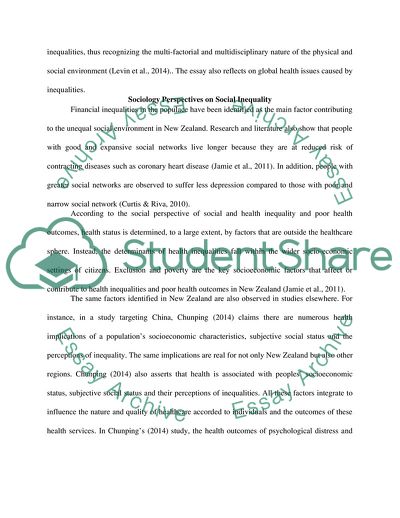Cite this document
(Social inequality, health and multiple poor New Zealand health Coursework, n.d.)
Social inequality, health and multiple poor New Zealand health Coursework. https://studentshare.org/sociology/1876450-social-inequality-health-and-multiple-poor-new-zealand-health-outcomes
Social inequality, health and multiple poor New Zealand health Coursework. https://studentshare.org/sociology/1876450-social-inequality-health-and-multiple-poor-new-zealand-health-outcomes
(Social Inequality, Health and Multiple Poor New Zealand Health Coursework)
Social Inequality, Health and Multiple Poor New Zealand Health Coursework. https://studentshare.org/sociology/1876450-social-inequality-health-and-multiple-poor-new-zealand-health-outcomes.
Social Inequality, Health and Multiple Poor New Zealand Health Coursework. https://studentshare.org/sociology/1876450-social-inequality-health-and-multiple-poor-new-zealand-health-outcomes.
“Social Inequality, Health and Multiple Poor New Zealand Health Coursework”. https://studentshare.org/sociology/1876450-social-inequality-health-and-multiple-poor-new-zealand-health-outcomes.


